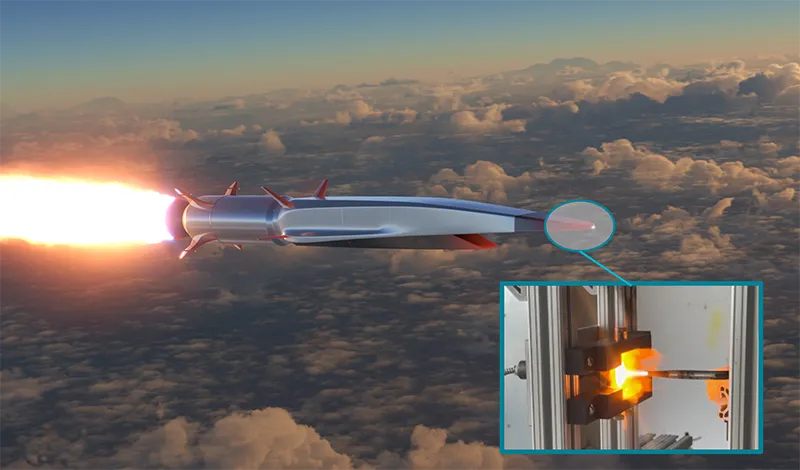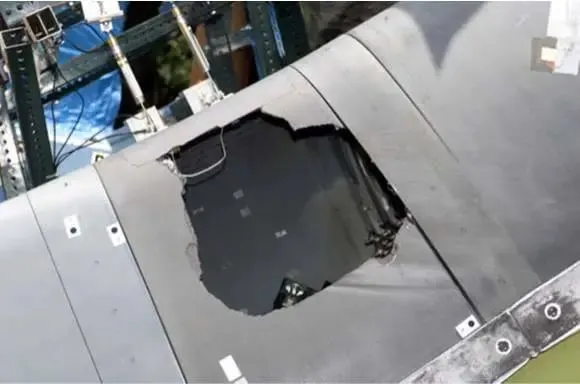
Sweating Spacecraft: A Cool Solution for Reusable Space Travel?
The intense heat generated during atmospheric re-entry has always been a major challenge for spacecraft. Historically, missions relied on single-use heat shields, resulting in costly and time-consuming replacements. But what if spacecraft could "sweat" their way through the atmosphere, creating a reusable and more efficient solution? Texas A&M University and Canopy Aerospace are collaborating on a groundbreaking project exploring the use of transpiration cooling, potentially revolutionizing space travel.

According to a press release, the team, led by Hassan Saad Ifti at Texas A&M, focuses on developing 3D printed materials able to "sweat out" a cooling gas upon atmospheric entry. This project, supported by a $1.7 million Air Force grant, aims to tackle the challenge of making spacecraft reliably reusable. Ifti compares the effect of the "sweating gas" to a puffer jacket. "Gas has a very low thermal conductivity," he explained, "This is why a puffer jacket is so effective. It traps air in these pockets, so it is the insulation from the air keeping you warm, not the solid part of the jacket."
The current reliance on disposable heat shields requires extensive post-flight refurbishment, impacting the frequency of space missions. SpaceX's Starship uses advanced heat shields, but even those are not fully reusable. A "sweaty" spacecraft could significantly reduce turnaround times, potentially shortening the gap between flights from months to just hours, mirroring the efficiency of commercial airlines.

The concept of using gas as a protective barrier isn't new, but material limitations and testing constraints have hindered its implementation. The Space Shuttle Columbia disaster in 2003 serves as a stark reminder of the devastating consequences of heat shield failure. A small breach in the insulating tiles led to the destruction of the shuttle during re-entry, highlighting the critical need for robust and reliable heat protection.
Canopy Aerospace has developed a 3D-printed silicon carbide material, designed to be both strong enough to withstand extreme pressures and porous enough to allow the coolant to "sweat" through. The National Aerothermochemistry and Hypersonics Laboratory at Texas A&M is conducting wind tunnel testing on the prototypes. According to William Matthews, a Ph.D. student involved in the project, the tests aim to determine how well the fluid permeates through the material so the team can decide in which direction they want to proceed.
Ivett Leyva, department head of aerospace engineering, believes that this project is in a "great position to bring together expertise on aerodynamics and high-speed testing to ensure this project succeeds." The team hopes that this technology will become an important part of space travel in the coming years to protect crafts during atmospheric entry.
The potential benefits of reusable spacecraft are significant, ranging from reduced costs and faster turnaround times to a more sustainable approach to space exploration. Developing "sweaty spacecraft" can pave the way for routine, affordable access to space, supporting both scientific endeavors and commercial opportunities. What advancements in space travel are you most excited about?
Share your thoughts on the future of space travel and the impact of transpiration cooling in the comments below!